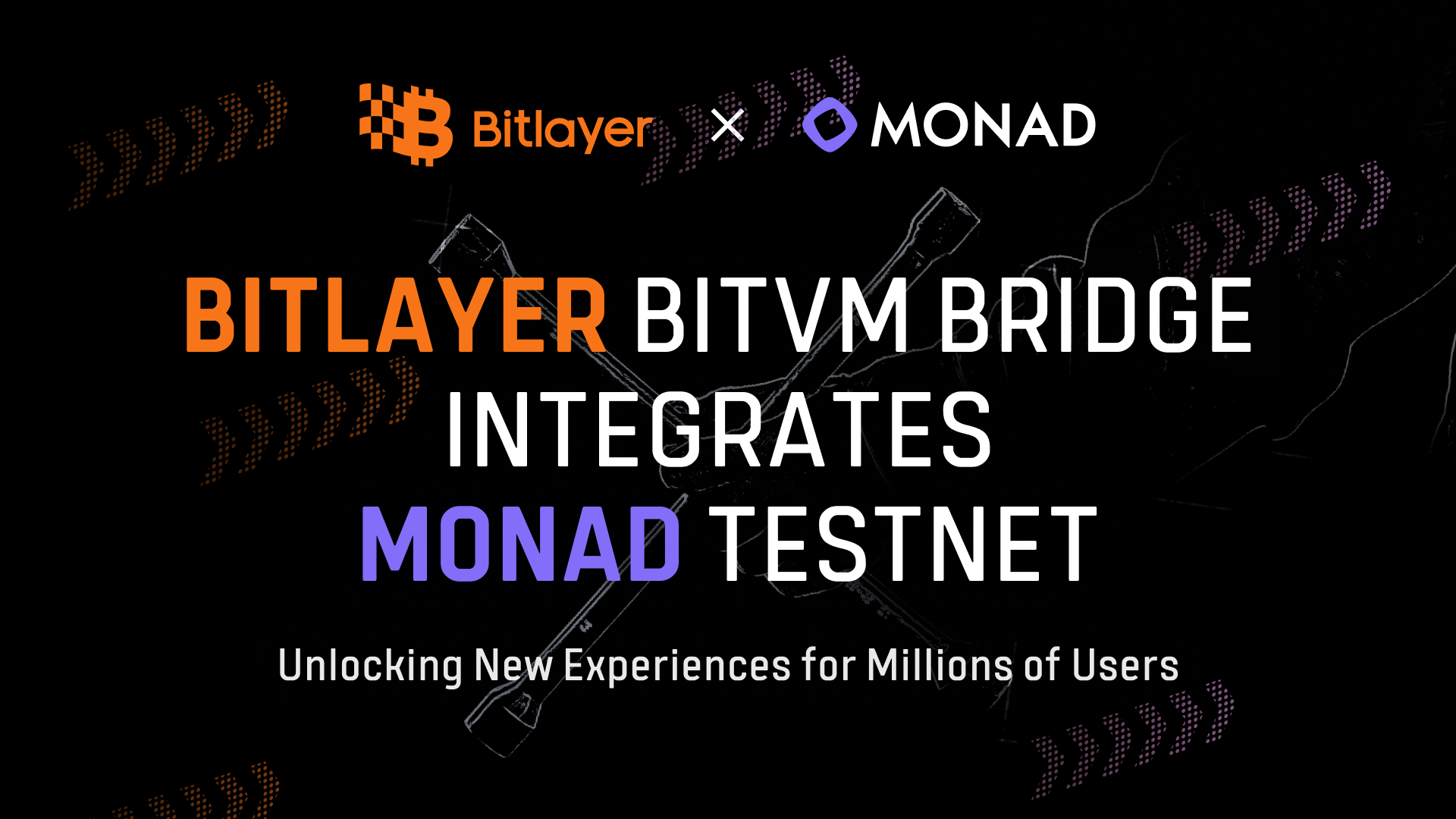Computing on Bitcoin #37
May 02, 2025 - Week 18
The latest Computing on Bitcoin News is live!
Find the most important developments from across the ecosystem: ZK tech, Layer 2s, cross-chain bridges, and beyond.
Give it a read and let us know what you think.
Enjoy your reading!
That wraps up this week’s edition of Computing on Bitcoin News.
Stay tuned, keep exploring.
Until next week!








